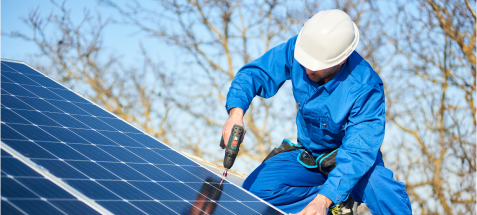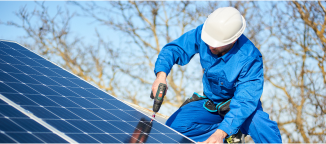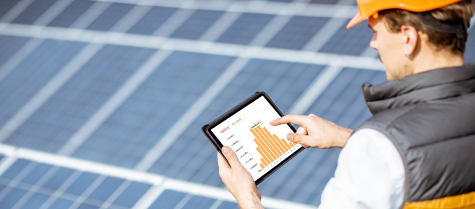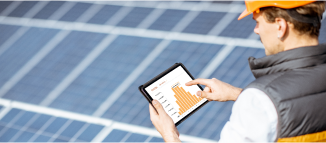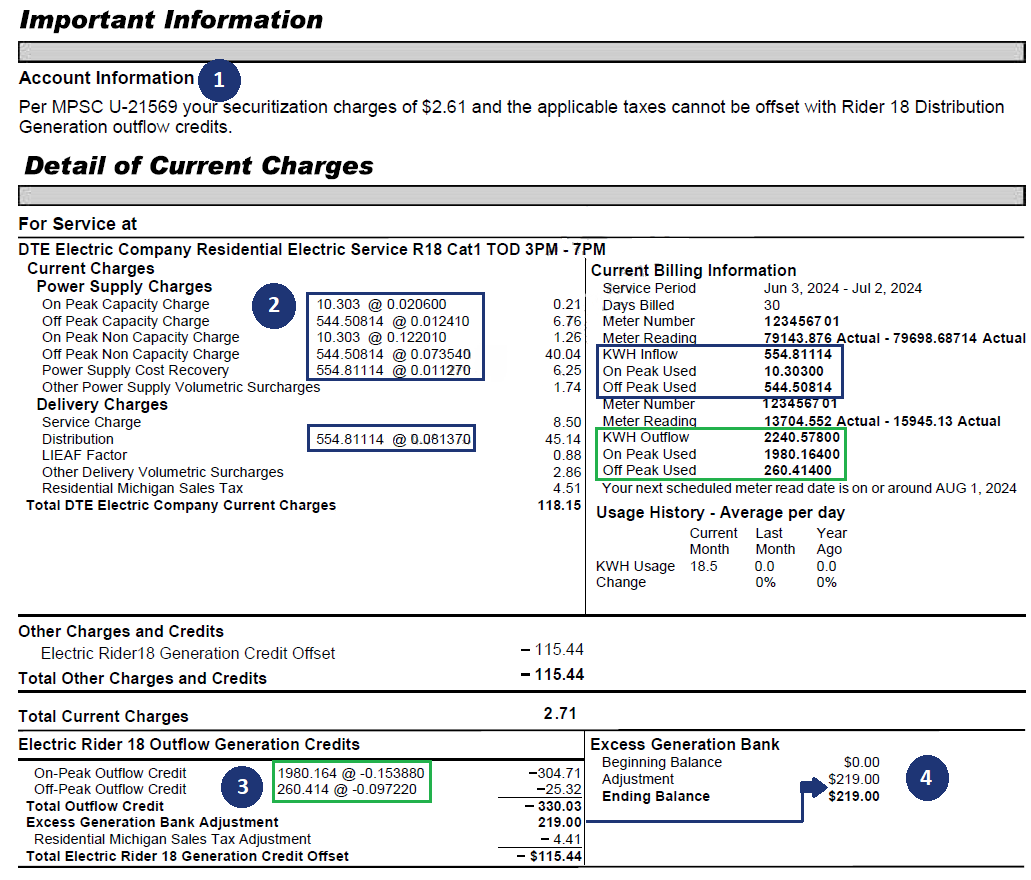The calculator is designed to be an informational and educational tool only. When used alone, it does not constitute final, quotable results. The results are provided as a rough approximation of your bill.
The calculator uses the following assumptions and averages based on information available for the state of Michigan and the current construct of Rider 18 and is subject to change.
Battery usage is not considered in the results of the bill calculator. Adding a battery would result in a higher average cost of <$x,xxx>, assuming the battery is intended for backup rather than load management use.
Rate: If you sign in to your DTE account, the calculator will pull the rate at the selected location and meter. If you don't sign in, estimates are calculated based on the current Standard D1 Rate.
Solar panel output is used under the assumption that the inverter at the location would allow for the entered output amount.
Results are based on the assumption that customer energy usage is the same as it was before the installation of solar panels.
Average monthly usage is calculated from averaging the last available 12 months of data.
Capacity factor is assumed at 13%.
The calculator factors the annual rate of degradation of solar panels ay 0.5% per year. Source: National Renewable Energy Laboratory (NREL).
Interest rate is assumed as 3.99%.
Average electricity use throughout the day is assumed and may not match your actual usage.
The calculator factors in the Investment Tax Credits (ITC) when calculating costs, payback period and the return on investment.
If install cost is not inputted, the calculator will assume the cost of the solar installation based on current technology costs, ITC's, etc.

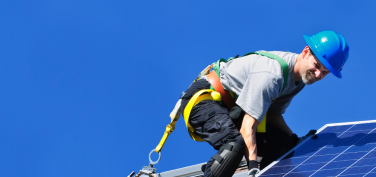
 Please see
Please see  this letter
this letter


 Optional details for a more precise estimate
Optional details for a more precise estimate







